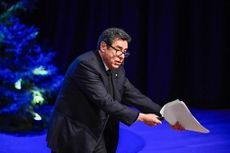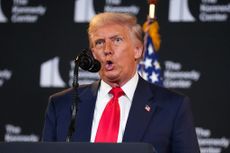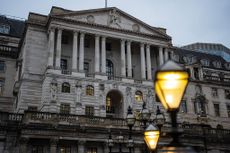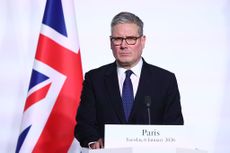Economy
The latest news, updates and features on the UK economy and other global economic stories from the expert team at MoneyWeek.
Explore Economy
-

Unemployment remains at five-year high as wage growth continues to slow
Unemployment in the UK held at 5.1% in the three months to November as wage growth fell again month-on-month.
By Daniel Hilton Last updated
-

UK inflation forecast: where are prices heading next?
UK inflation fell sharply in November. Will this drop be sustained, or should consumers brace for higher inflation readings in 2026?
By Daniel Hilton Last updated
-

Nobel laureate Philippe Aghion reveals the key to GDP growth
Interview According to Nobel laureate Philippe Aghion, competition is the key to innovation, productivity and growth – here's what this implies for Europe and Britain
By Dr Matthew Partridge Published
Interview -

'Investors should brace for Trump’s great inflation'
Opinion Donald Trump's actions against Federal Reserve chair Jerome Powell will likely stoke rising prices. Investors should prepare for the worst, says Matthew Lynn
By Matthew Lynn Published
Opinion -

The state of Iran’s economy – and why people are protesting
Iran has long been mired in an economic crisis that is part of a wider systemic failure. Do the protests show a way out?
By Simon Wilson Published
-

ONS: UK economy grew by 0.3% in November – what does it mean for interest rates?
The latest Office for National Statistics (ONS) GDP figures are a boon for the government, but what does it mean for interest rates?
By Sam Walker Last updated
-

Three Indian stocks to buy for long-term profit growth
Opinion Rita Tahilramani and James Thom, co-managers at the Aberdeen New India Investment Trust, highlight three Indian stocks to buy now
By Rita Tahilramani Published
Opinion -

Hiring new staff for your business? Help is available
Hiring more employees is a costly business, but help is available from the government, says David Prosser
By David Prosser Published
-

'Expect more policy U-turns from Keir Starmer'
Opinion Keir Starmer’s government quickly changes its mind as soon as it runs into any opposition. It isn't hard to work out where the next U-turns will come from
By Matthew Lynn Published
Opinion
